About traditional Iranian men’s clothing
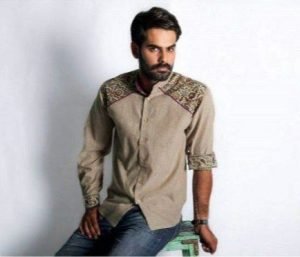
As mentioned, the Persian traditional men’s clothing in different parts of Iran has not been the same and the types of clothing have always been clearly different from each other. Traditional clothes were usually produced with the materials available in each region and were in a way that was in accordance with the climatic characteristics of the region. For example, nomadic clothing was made of animal skins and was thick and woolen in some mountainous areas due to the cold weather. Also, in warmer climates, clothes were made of cotton and yarn to make them cooler and thinner.
The Persian traditional men’s clothing has changed a lot over time. Today, men no longer wear traditional clothes in most parts of Iran, and you can rarely find areas that still adhere to their traditional clothes. However, these clothes have always had special meanings in all the decorations and the people of each region have shown their culture in their type of clothing. Also, in the past, the people of each region were known by the way they dressed in the first moment, and this very interesting feature shows the diversity of different ethnicities and cultures in Iran, which all live together. In traditional art clothing, men’s clothing is usually simpler and women’s clothing has more colors, pendants and accessories. In the following, we will introduce the Persian traditional men’s clothing in several different regions of Iran.
Persian traditional men’s clothing
The way a person dresses is one of the most important features that in addition to the appearance of the person reveals much more about them, because the first thing that can be seen after each person’s face is their clothes and it is very important what people wear. There are many differences in the way clothes are worn around the world, and even within a country, there may be different ethnic groups that persian dress differently. In ancient Iran, for example, the Persian traditional men’s clothing as well as women was different in each region, and each ethnic group and province was identified with its own clothing.
Dressing is one of the things that is very much related to the culture of the country and the region where a person lives, and then it goes back to their taste. The influence of the living environment on the type of clothing can never be ignored. In some Islamic countries, the type of clothing is determined by the government, and men and women are required by law to cover most parts of their bodies. In some countries dressing is completely free, and even in some less developed tribes clothing is quite similar and very rudimentary.
Communities usually impose their clothing on people, and the majority, willingly or unwillingly, dress the same. In Iran, in today’s society, the style of dressing people is very similar to each other and men and women use blouses and pants or coats and pants or persian skirts to cover themselves. But the style of dressing at the same time as other parts of the world in Iran has changed a lot and the way people dress is almost not similar to the past.
Traditional Iranian clothes are now kept in museums in some places, and it is rare for people in rural areas to use these types of clothes. But despite the departure of this type of traditional clothing in the field of dressing, these clothes still look very beautiful and meaningful, and it is not bad to get acquainted with the local and traditional clothing of a number of regions of Iran. In this article, we want to introduce you to Persian traditional men’s clothing.
traditional men’s clothing
As mentioned, the Persian traditional men’s clothing in different parts of Iran has not been the same and the types of clothing have always been clearly different from each other. Traditional clothes were usually produced with the materials available in each region and were in a way that was in accordance with the climatic characteristics of the region. For example, nomadic clothing was made of animal skins and was thick and woolen in some mountainous areas due to the cold weather. Also, in warmer climates, clothes were made of cotton Clothing and yarn to make them cooler and thinner.
The Persian traditional men’s clothing has changed a lot over time. Today, men no longer wear traditional clothes in most parts of Iran, and you can rarely find areas that still adhere to their traditional clothes. However, these clothes have always had special meanings in all the decorations and the people of each region have shown their culture in their type of clothing. Also, in the past, the people of each region were known by the way they dressed in first moment, and this very interesting feature shows the diversity of different ethnicities and cultures in Iran, which all live together. In traditional clothing, men’s clothing is usually simpler and women’s clothing has more colors, pendants and accessories. In the following, we will introduce the Persian traditional men’s clothing in several different regions of Iran.
Traditional clothing of Azerbaijani men
The Persian traditional men’s clothing in Azerbaijan, like many other regions, is very original and a sign of the culture of the people of this region. Although the use of this type of clothing as an everyday dress has now become very rare, it is still used by some nomads in the area as well as in some local ceremonies by men and women. The men’s clothing in this area consists of a long coat, which is usually dark in color and is sewn on the edges with light colored threads. In addition, men wear a woolen hat, which is a symbol of the originality of the dress.
Traditional clothing of Kurdish men
The Persian traditional men’s clothing in the Kurdish regions of Iran is very similar and slightly different. Kurds typically live in the provinces of Kurdistan and Kermanshah, and in the western part of Iran in general. These areas have a cold mountainous climate. The men’s clothing in this area is also very beautiful and shows the rich culture of the people of the area. The most important feature of Kurdish men’s clothing is their simplicity, and in some areas these clothes are different from each other. In some rural areas, these clothes are still used. In these areas, men wear loose-fitting trousers called Patol and a bust on the shirt that varies from region to region. They also wrap a cloth around their head called a Dastar or a hat with beautiful patterns.
Traditional clothing of Bakhtiari men
The Persian traditional men’s clothing in the Bakhtiari people, who are one of the Lor tribes in Iran, is very beautiful and suitable for their place of residence. Since most of these people were nomads in the past, their original clothing was made from the skins of the animals they carried with them, such as goats. The traditional Bakhtiari dress is still used by many people of this tribe and is a symbol of the originality and culture of the people of the region. Men’s clothing consists of a goat-skin shirt called Chogha and a long top made of very strong and thick material that does not penetrate the rain. Also, a pair of loose black pants called Debit is another part of the outfit. Bakhtiari men also wear a round felt hat.
If you are also interested in traditional clothes, but cannot wear such clothes in today’s society, you can use clothes that, despite their normal appearance, have designs and symbols of these traditional Iranian old clothes. These clothes are very popular today and their makers have tried to show the culture of traditional clothes in different ways in designing and sewing these clothes. Designs on sleeves and coats bring to life the design of old Iranian clothes.






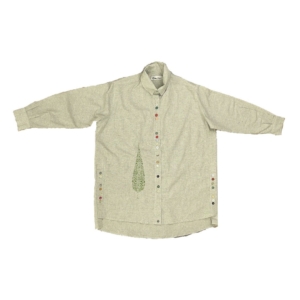
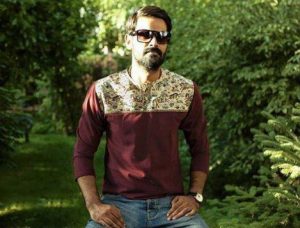
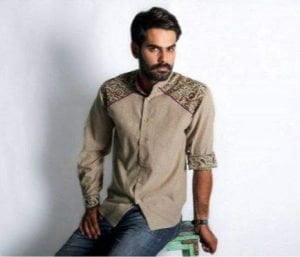
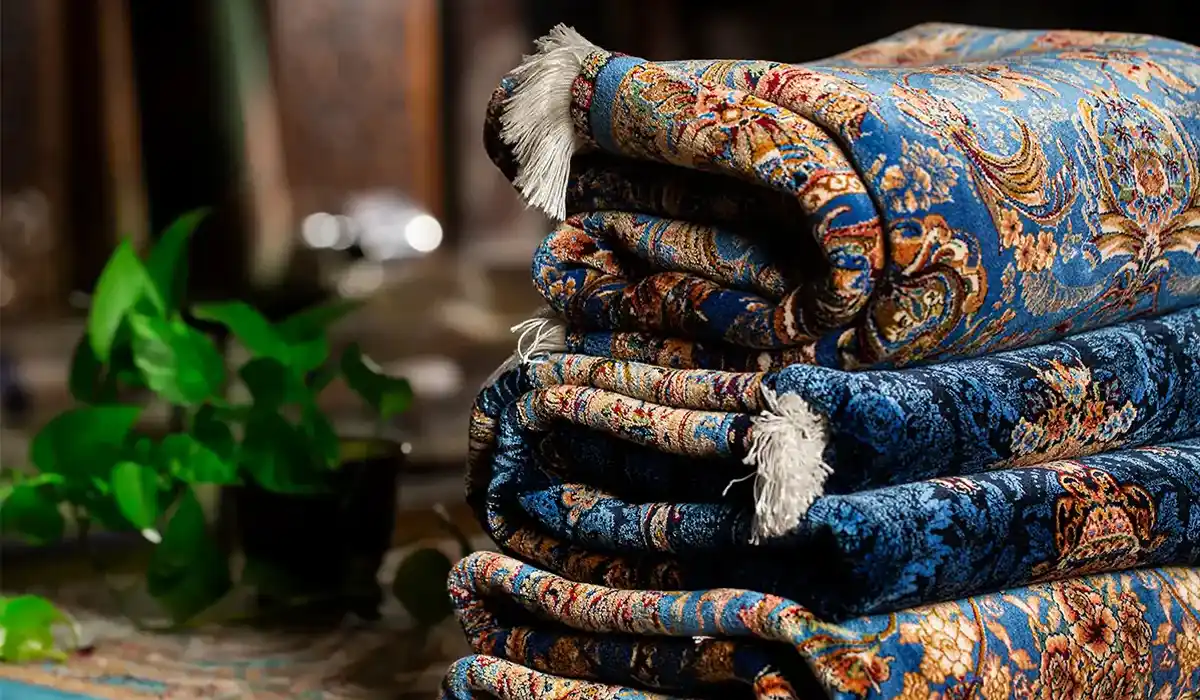
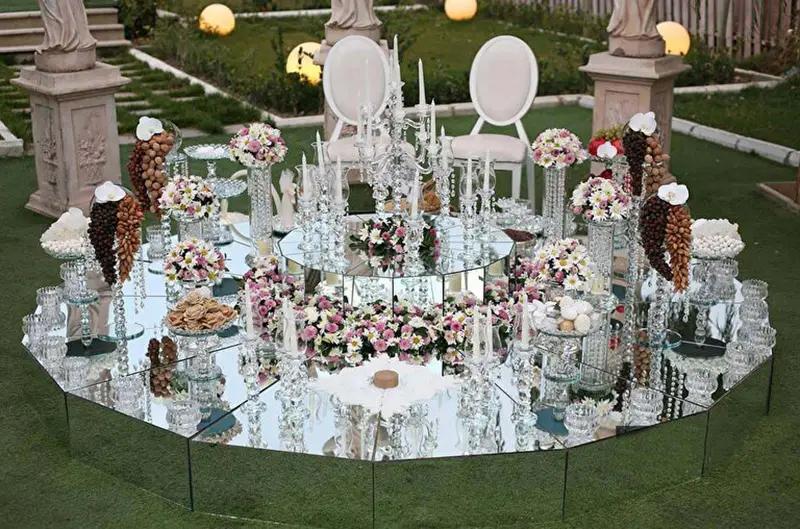
Comments